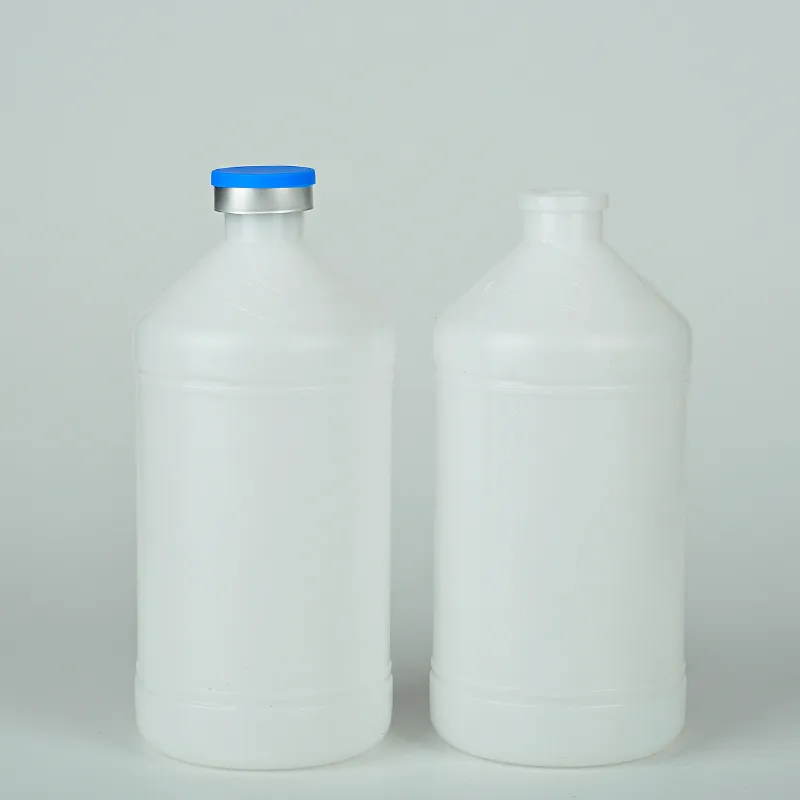polystyrene dish
The Versatility and Impact of Polystyrene Dishes
Polystyrene dishes, often referred to as Styrofoam, have become ubiquitous in our modern lifestyle, particularly in the food service industry. From convenient takeout containers to disposable plates for outdoor gatherings, these lightweight, durable, and inexpensive items may seem like a simple solution for food storage and serving. However, underneath this convenience lies a complex narrative of utility, environmental concerns, and potential health implications.
Understanding Polystyrene
Polystyrene is a synthetic aromatic hydrocarbon polymer made from the monomer styrene, a liquid hydrocarbon that is commercially manufactured from petroleum. One of the most commonly recognized forms of polystyrene is expanded polystyrene foam (EPS), often used for insulation, packaging, and, of course, dishes. The material's lightweight yet sturdy properties make it an ideal choice for temporary food service, particularly in fast food and casual dining environments.
Benefits of Polystyrene Dishes
One of the primary reasons businesses opt for polystyrene dishes is their affordability. They are remarkably cost-effective compared to traditional ceramic or glass dinnerware, allowing restaurants and food vendors to minimize expenses. In addition, their disposable nature addresses hygiene concerns. With the increase in foodborne illnesses, single-use dishes reduce the risk of contamination that can occur with reusable tableware.
Moreover, polystyrene dishes are remarkably versatile. They can be molded into various shapes and sizes, accommodating everything from appetizers to full entrees. Their insulation properties can keep hot foods hot and cold foods cold, enhancing the dining experience. This versatility has led to widespread adoption not only in restaurants but also at events such as picnics, barbecues, and outdoor festivals.
Environmental Concerns
Despite the benefits, polystyrene dishes have drummed up significant controversy due to environmental concerns. As a non-biodegradable product, polystyrene can persist in the environment for hundreds of years, contributing to the growing issue of plastic pollution. Marine life is particularly affected, as polystyrene waste often finds its way into oceans, where it can be ingested by fish and other creatures, leading to fatal consequences.
polystyrene dish

In recent years, there has been a notable backlash against polystyrene products. Several cities and countries have enacted bans or restrictions on the use of polystyrene dishes, encouraging the adoption of more sustainable alternatives such as compostable plates or reusable dishware. This shift reflects a broader societal change toward environmental consciousness and responsibility.
Health Implications
In addition to environmental issues, there are ongoing discussions regarding the health implications of using polystyrene for food contact. Concerns have been raised about the potential for styrene to leach into food, particularly when hot foods are served. Some studies suggest that styrene is a possible human carcinogen, although regulatory bodies like the U.S. Environmental Protection Agency (EPA) continue to review the evidence.
To address these concerns, some manufacturers are developing polystyrene products that are labeled as safe for food use, but consumers must remain educated and cautious when using these items.
The Future of Polystyrene Dishes
As we move toward a more eco-conscious society, the future of polystyrene dishes remains uncertain. Many industry players are being challenged to innovate and find sustainable alternatives that do not compromise convenience or cost-effectiveness. Research into biodegradable materials, recyclable plastics, and reusable dinnerware options is being prioritized.
Businesses embracing sustainability are already seeing benefits in customer loyalty and market differentiation. Therefore, while polystyrene dishes have served an essential purpose in our fast-paced world, the growing demand for eco-friendly practices may push the industry towards a significant transformation.
Conclusion
In conclusion, while polystyrene dishes offer undeniable convenience and affordability, their wider implications cannot be ignored. From environmental impacts to health considerations, the narrative surrounding polystyrene is evolving. As society increasingly prioritizes sustainability, the future of polystyrene plates and containers will be shaped by innovation and a collective commitment to reducing our environmental footprint. Moving forward, a balance must be struck between convenience and responsibility, ensuring that our choices reflect a healthier planet for generations to come.
-
Aesthetic Makeup Spray Bottles | Fine Mist Empty RefillableNewsAug.19,2025
-
White Plastic Veterinary Vaccine Vials | Lab Liquid BottlesNewsAug.18,2025
-
Plastic Medicine Liquid Bottle: Secure Flip Top Drug VialsNewsAug.17,2025
-
Durable 250ml Blue Plastic Vaccine Vial for Lab & Vet UseNewsAug.16,2025
-
Sterile Virus Sample Tubes: Secure & Reliable Specimen CollectionNewsAug.15,2025
-
White 250ml Plastic Vaccine Vial for Lab & Vet MedicineNewsAug.14,2025
























